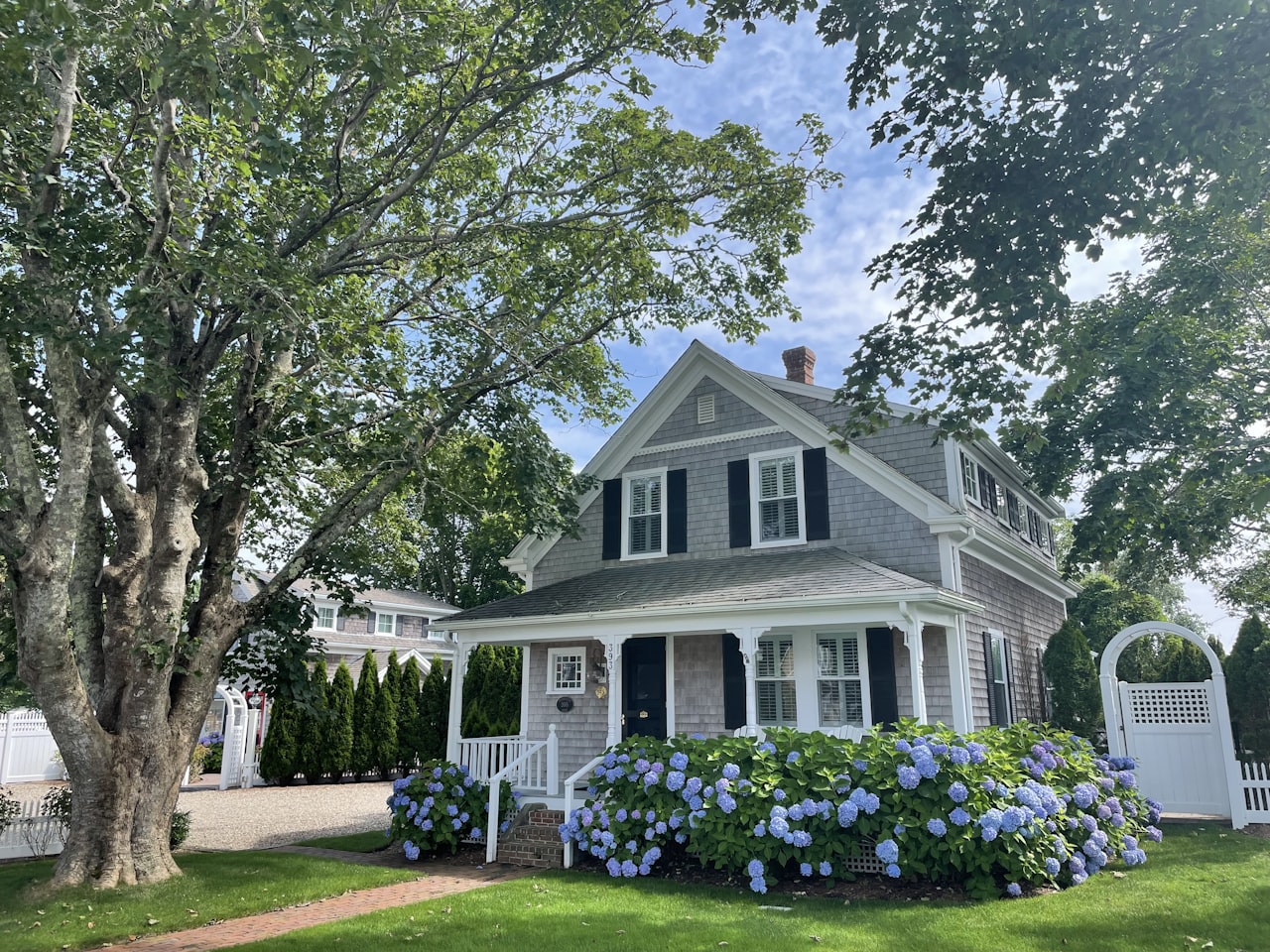Pricing a home can be a delicate task, and it often involves more than assigning an arbitrary number. As your trusted real estate advisor, I want to shed light on the intricate world of pricing strategy—a dynamic approach that goes beyond mere valuation.
Understanding the Basics
Many sellers hold a sentimental attachment to their homes and might overestimate their worth. However, pricing is not a fixed number; it's a strategic decision influenced by market dynamics and buyer perceptions.
My Three Pricing Strategies
Let's use an example where the perceived market value of a home is $1,000,000.
1. Event Pricing: This involves pricing the home below perceived market value to create a sense of urgency, fostering competition and potentially generating multiple offers. For instance, if the perceived market value is $1,000,000, listing at $900,000 could initiate an event pricing strategy.
2. Market Pricing: This is where the home is priced right at what the current market supports, aligning with pending sales and prevailing trends. In this case $1,000,000.
3. Aspirational Pricing: This strategy involves pricing the home above perceived market value, exploring the possibility of achieving a higher figure. It's a test to see if the market dynamics can support such a value. In this example around $1,100,000.
A Conversation on Value
When a seller asks, "What's my home worth?" a comprehensive answer involves presenting the value alongside these pricing strategies. For example when a client asks me this inevitable question, my explanation looks something like this:
"The value of your home is often determined by the buyer. The strategy we use to price it is where the real value lies. If we opt for event pricing, it would be around $900,000 to $950,000. Perceived market value would place it around $1,000,000, and aspirational pricing could be around $1,100,000. Now, considering your goals and timeline, which strategy aligns with your needs?"
Tailoring Strategy to Goals
Aligning the pricing strategy with the seller's goals, whether it's a swift sale or maximizing value, allows for a more nuanced approach. An aspirational pricing may take longer, requiring meticulous price management, while event pricing could expedite the selling process in a more active market.
The Takeaway
The conversation around pricing should transcend the numerical aspect and delve into the strategic realm. Price alone means nothing—it's the pricing strategy that holds the key. Understanding these strategies empowers sellers to make informed decisions based on their unique circumstances and goals. As your real estate advisor, my role is to guide you through this strategic pricing journey to ensure a successful and satisfying transaction.





































































































